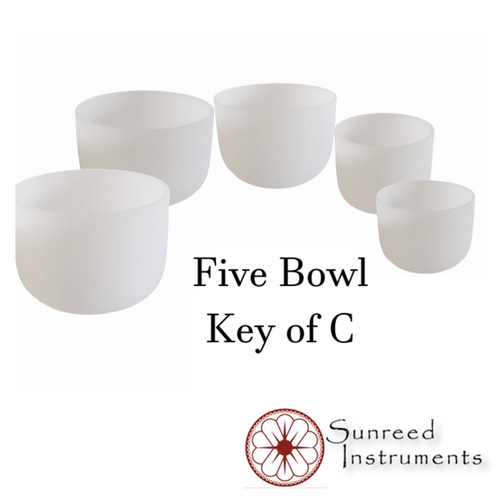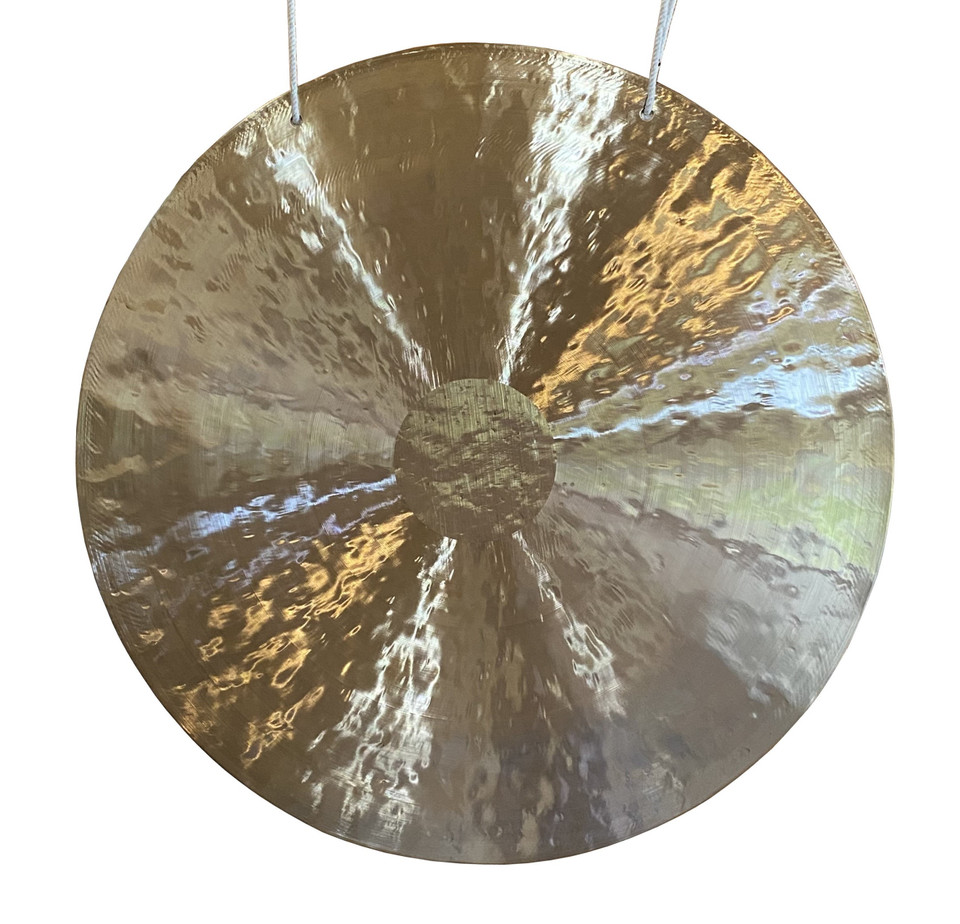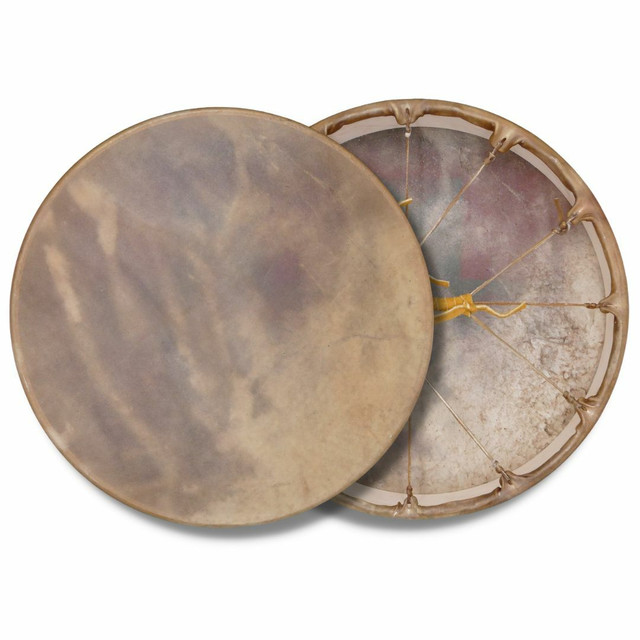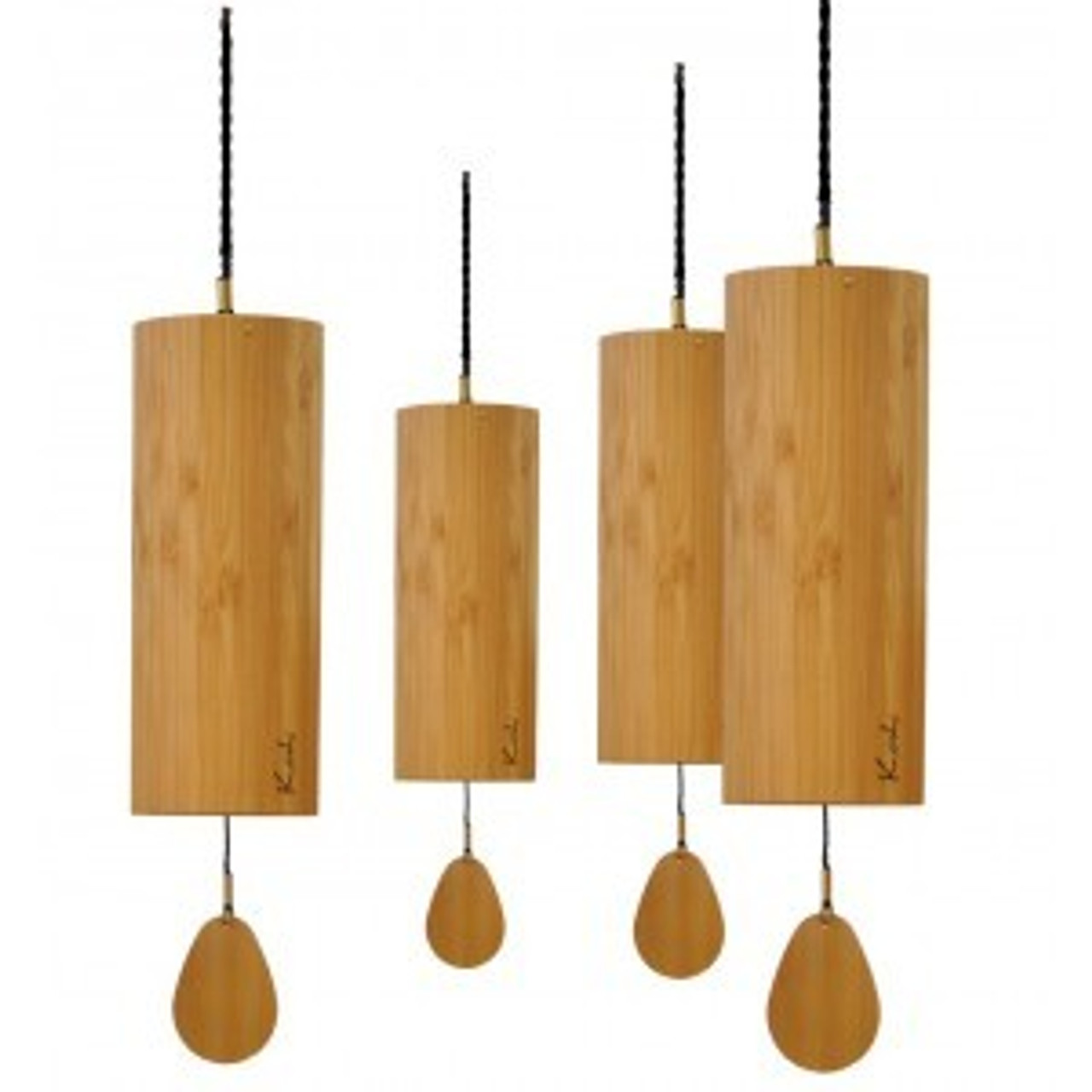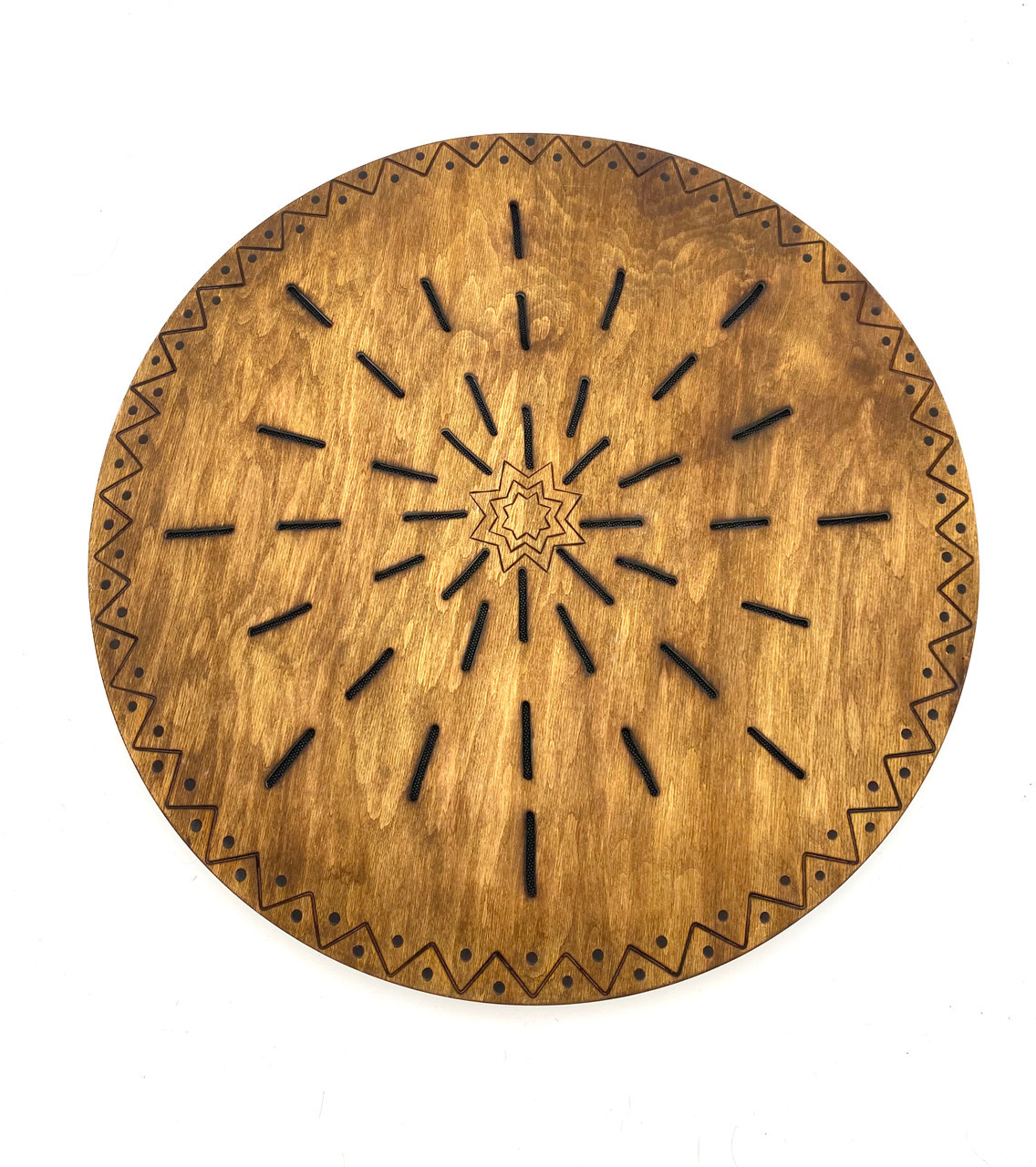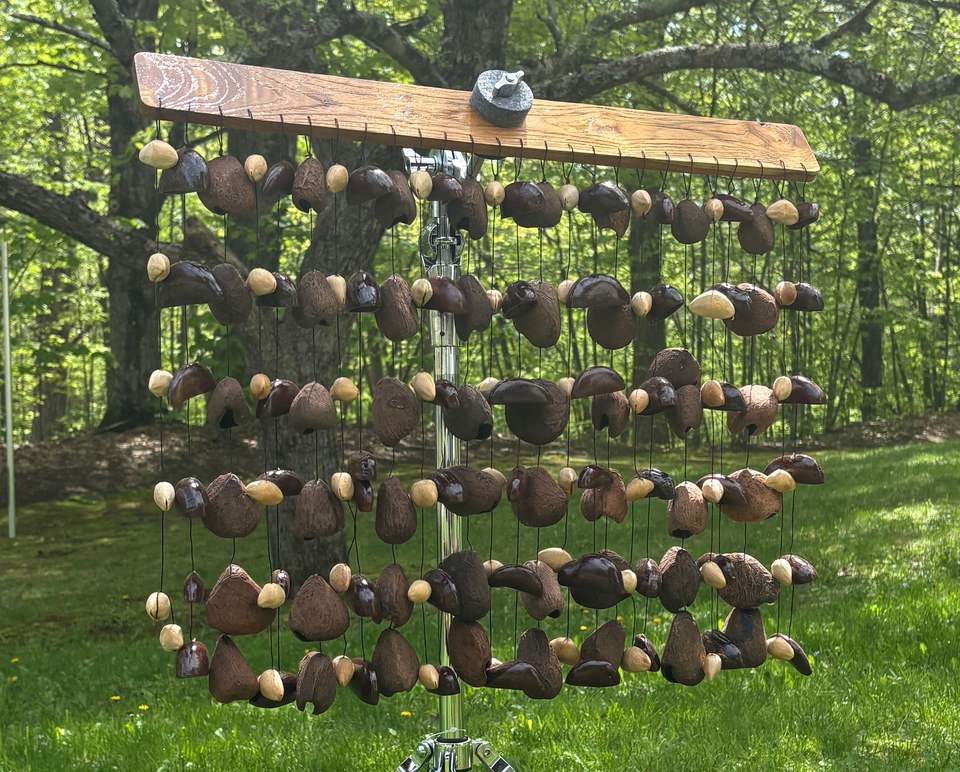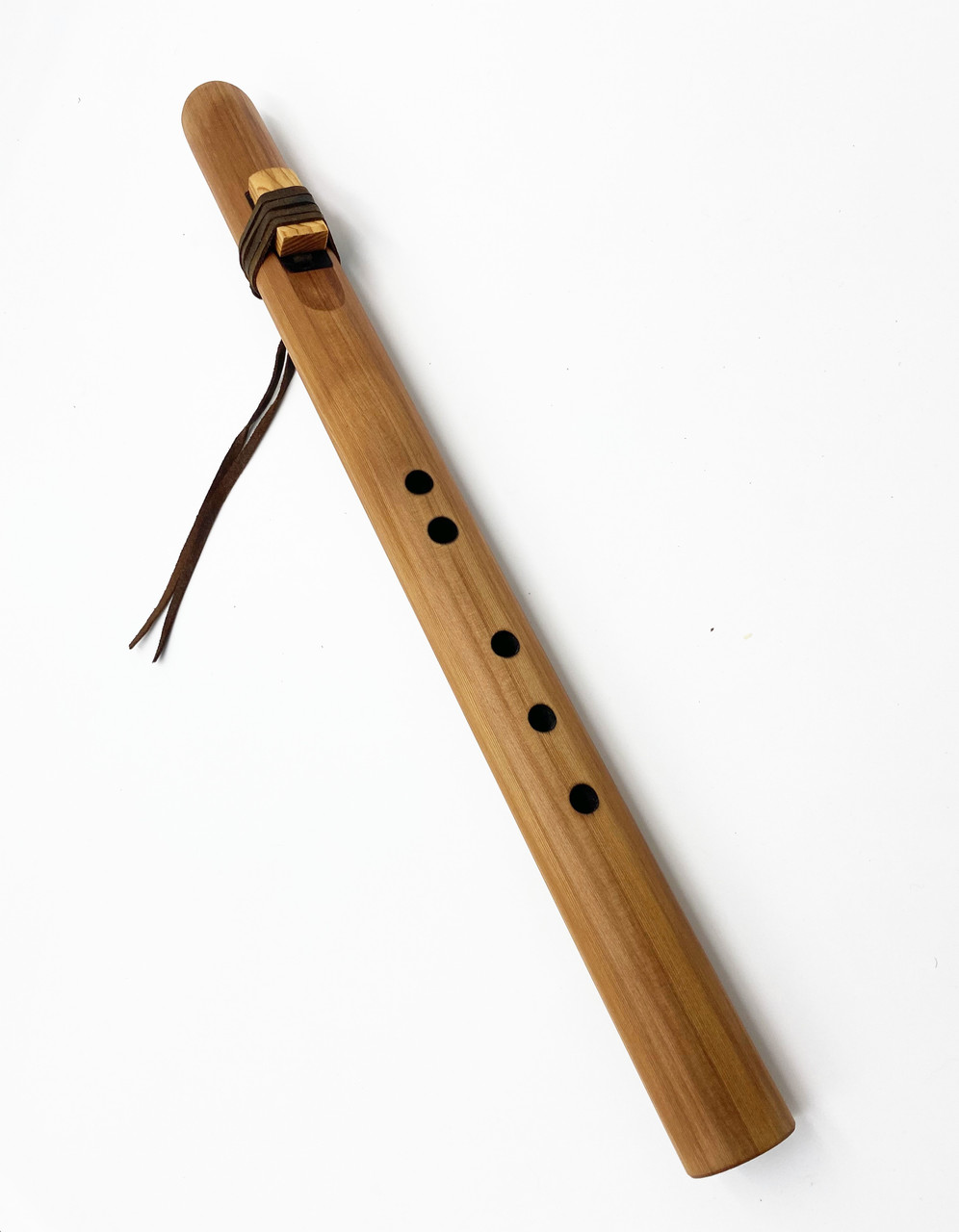Guide For Purchasing Chimes For Sound Healing
How To Meditate With A Tibetan Bell, Koshi Chime, Zaphir Chime (Or Really Any Chime) For Sound Healing
A key characteristic of a chime, is that it is typically a rod or bell shape that is struck, producing a singular tone that comes on fast, and resolves quickly. Each note of a Koshi Chime, or a Tibetan bell, only lasts a few seconds. These are not instruments like a singing bowl, that can drone on and on for a good deal of time, consuming you with ever present sound. With a chime, it is a brief moment of sound. It comes and goes.
Chimes are natural instruments for resetting attention and clearing. The quick onset of the sound of a chime draws attention. It breaks free ones thought patterns. Attention can then be placed on clear space, or intentionally on whatever the meditation is at hand. Attention can be placed on uplifted states of loving-kindness or empathetic joy. The energy that had been used for repetitive thought patterns and emotions can be noticed and released. Chimes are thus good for therapeutic situations, where therapists are working with client’s attention and stored energy. Or chimes are good for quicker reset meditations during the middle of the day, to refocus attention. Last chimes are great for the beginning of a meditation, or even the middle of a meditation, to help refocus attention.
Chimes are natural instruments for setting intention. As sound can be used to clear away mental patterning, or move energy, it can also support manifesting intentional energy, such as state of joy or compassion, or perhaps focusing on desires or wishes, or perhaps on extending our prayers. As the sound plays, and we naturally focus in response, we can use this focused energy for the purpose of creation alongside the rise and fall of the sound. As we set our intention, so it may be so.
Chimes can be played consistently, like a drum, for longer meditations as well. Chimes need not be played for quick meditations. When singing bowls, or drums are played, the motions we make with our arms in playing them are forgotten. When we repetitively strike a drum over 30 minutes, we do not need to pay attention to the movement of our arms, and are free to focus on the meditation at hand. It is the same with a bell, or any chime. If we learn a repetitive motion to be made, we can just then ignore it, and have the chime play on its own while we meditate with the repetitive sound. This is quick pleasing with a Tibetan bell, which can rhythmically pierce our consciousness with its bright tone, moving tense energies and allowing for deep spaciousness.
What Chime Should I Buy For My Sound Healing Practice?
When considering what chime to get, consider your intention for using a chime. Would you like to clear mental energy, move energy, entrain to a focused state, or just enjoy, relax and be soothed? The abrupt sharp sound of a bell is naturally clearing and focusing, though is not obviously relaxing or soothing such as a rain stick. The soft melody of a Koshi Chime or Zaphir Chime is naturally light, joyful and pleasant, though is not powerfully clearing. A bell, tingsha or bar chime can be easily played rhythmically and repetitively, and create an environment of deep focused entrainment, though a harmony ball, though light and delicate like fairy music, is far more inconsistent in tone. Ask yourself, how do you want to feel with a chime? How does the chime fit into your meditation? What is its purpose? Listen to sound files. How does the chime sound and how does this sound fit your intentions? These questions will help clarify what chime will work for you.
Tips For Playing Chimes For Sound Healing
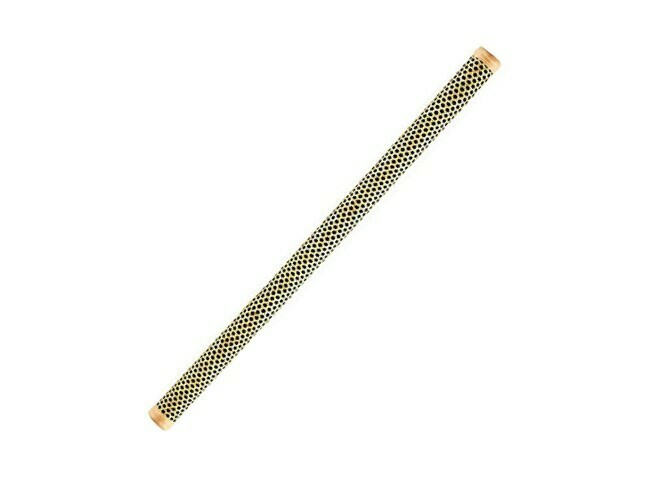 Rain sticks are long tubes filled with beads or seeds of some type. There are rods, or steps, set into the side of the tube so that when you turn the tube over, the seeds will fall down the rods or steps, slowly to the bottom, to create a sound such as gentle or heavy rain. If the tube is just tipped over, the seed can fall to quickly, and the sound can happen too quickly without separation. One method is to hold the rain stick just slightly at an angle, allowing the seeds to fall slowly. As the seeds fall, slowly rotate the rain stick forward in your hands. This will allow to seeds to continue to fall slowly, without periods of stopping.
Rain sticks are long tubes filled with beads or seeds of some type. There are rods, or steps, set into the side of the tube so that when you turn the tube over, the seeds will fall down the rods or steps, slowly to the bottom, to create a sound such as gentle or heavy rain. If the tube is just tipped over, the seed can fall to quickly, and the sound can happen too quickly without separation. One method is to hold the rain stick just slightly at an angle, allowing the seeds to fall slowly. As the seeds fall, slowly rotate the rain stick forward in your hands. This will allow to seeds to continue to fall slowly, without periods of stopping.
Tibetan Bell And Dorje (Bells In General)
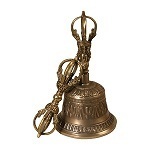 If you hold a bell straight up and down, you won’t have a lot of control over the clapper inside. You may sway the bell back and forth, but the clapper will probably hit the side of the bell inconsistently. This inconsistency can be used as a meditation, though, most likely you are wanting more control over the sound of this piercing instrument. Hold the bell slightly to the side, so that there is less space the clapper has to move to hit the side of the bell. This will give you a more predictable tone to work with.
If you hold a bell straight up and down, you won’t have a lot of control over the clapper inside. You may sway the bell back and forth, but the clapper will probably hit the side of the bell inconsistently. This inconsistency can be used as a meditation, though, most likely you are wanting more control over the sound of this piercing instrument. Hold the bell slightly to the side, so that there is less space the clapper has to move to hit the side of the bell. This will give you a more predictable tone to work with.
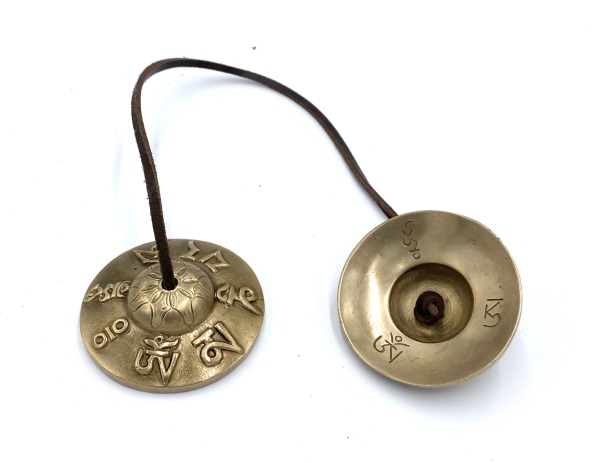 Tingshas are held together by a long string. This gives the natural notion that you would want to hold the middle of the string, and less the tingshas drape down and collide together. This does not give a good deal of control. Place each hand holding the string tightly behind each bell, so you are controlling one of the tingsha bells in your left hand and the other in your right. Then strike the tingshas together intentionally. In this way you can play the tingshas quietly, or loudly, and will have a good deal of control over the tone. You can also strike the tingshas this way, and then point the open face of the tingsha in the direction you want to vibration to go. You can wave the open face of the tingsha over a person’s body for example.
Tingshas are held together by a long string. This gives the natural notion that you would want to hold the middle of the string, and less the tingshas drape down and collide together. This does not give a good deal of control. Place each hand holding the string tightly behind each bell, so you are controlling one of the tingsha bells in your left hand and the other in your right. Then strike the tingshas together intentionally. In this way you can play the tingshas quietly, or loudly, and will have a good deal of control over the tone. You can also strike the tingshas this way, and then point the open face of the tingsha in the direction you want to vibration to go. You can wave the open face of the tingsha over a person’s body for example.
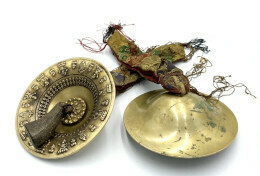 Hold the shang tightly where the chord comes out of the top of the bell. Face the opening of the bell away from you and swing the shang quickly up and down in a sharp motion. This will let the clapper swing up and fall back down onto the metal bell, with a good sense of control.
Hold the shang tightly where the chord comes out of the top of the bell. Face the opening of the bell away from you and swing the shang quickly up and down in a sharp motion. This will let the clapper swing up and fall back down onto the metal bell, with a good sense of control.
 Harmony balls can be rolled in your hand to create a gentle tone, or shaken in a circle to create a louder tone. These are naturally very quiet instruments. To get the loudest tone out of your harmony ball, it is best to put the ball into some very small bag, and then shake the bag. The ball will move quickly in the bag, creating more tone than you would be able to easily create by hand.
Harmony balls can be rolled in your hand to create a gentle tone, or shaken in a circle to create a louder tone. These are naturally very quiet instruments. To get the loudest tone out of your harmony ball, it is best to put the ball into some very small bag, and then shake the bag. The ball will move quickly in the bag, creating more tone than you would be able to easily create by hand.
Koshi Chimes and Zaphir Chimes
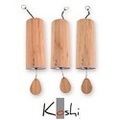 Koshi Chimes and Zaphir Chimes are small wind chimes, incorporated by the sound healing community for their uplifted melodies. While a bell makes a sharp sound, a wind chime makes a gentle melody. When we feed into this with attention, we can elevate naturally to pleasing states and enjoy like enjoying a soft cool breeze. It is difficult to control Koshi chimes. If they are shaken and move too abruptly then their joyful soft melody falls away to a chaotic jumble. Practice moving the chime back and forth, so you can understand the distance the clapper has to move to hit a metal rod inside. You need not swing the chime any strong than this. From here, you can work on moving the chime intentionally in different directions, to get the clapper to change its tune with soft clarity.
Koshi Chimes and Zaphir Chimes are small wind chimes, incorporated by the sound healing community for their uplifted melodies. While a bell makes a sharp sound, a wind chime makes a gentle melody. When we feed into this with attention, we can elevate naturally to pleasing states and enjoy like enjoying a soft cool breeze. It is difficult to control Koshi chimes. If they are shaken and move too abruptly then their joyful soft melody falls away to a chaotic jumble. Practice moving the chime back and forth, so you can understand the distance the clapper has to move to hit a metal rod inside. You need not swing the chime any strong than this. From here, you can work on moving the chime intentionally in different directions, to get the clapper to change its tune with soft clarity.
 Zen tubes is a oscillation maker. Its effect is similar to a binaural. By striking the chime, and removing and placing your thumb over the hole, the sound comes and goes quickly, to have an oscillating effect. Instead of fully removing your thumb from the hole, just gently lift the front of your thumb up and down. This will create a smoother oscillation, and give you more control over the speed of the oscillation you are creating.
Zen tubes is a oscillation maker. Its effect is similar to a binaural. By striking the chime, and removing and placing your thumb over the hole, the sound comes and goes quickly, to have an oscillating effect. Instead of fully removing your thumb from the hole, just gently lift the front of your thumb up and down. This will create a smoother oscillation, and give you more control over the speed of the oscillation you are creating.


